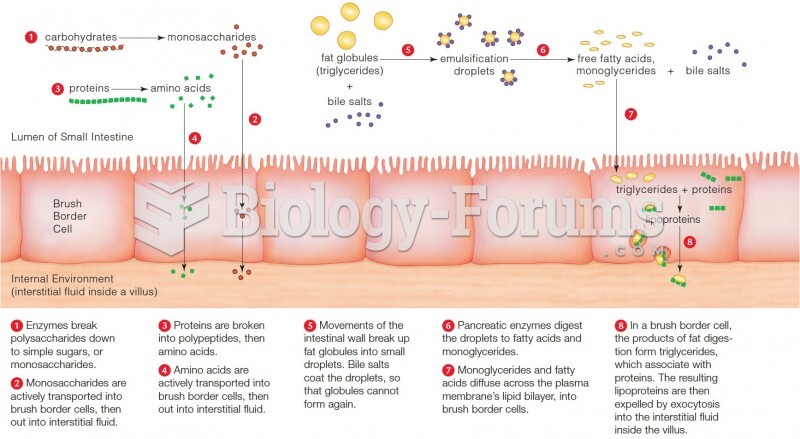Answer to Question 1
Cole
Answer to Question 2
Domestically, drones are used for a variety of functions from commercial land surveys to law enforcement surveillance and border patrol. Drones can now be equipped with 1.8 gigapixel cameras, and listening devices. They can be equipped to fire missiles or crash into objects and detonating a bomb. The use of these types of drones are increasing with the approach of open air space provisions to be set into place in 2015, and constitutional scholars are concerned about their impact on protections against unlawful searches and broad surveillance. Since this is relatively new technology, and the advancement of drones is happening at a quick pace regulations have not been established, but safeguards, like usage limits, data retention, policies for civilians, police, and government, abuse prevention and accountability, and use as weapon all need to be addressed. Drones on foreign soil have been militarized and weaponized, sometimes employed for the purposes of killing American terrorists. This is a direct conflict with protections found in the Fifth Amendment that guarantee of due process of law.
Answer to Question 3
The Gilmore Commission was an important inquiry into the federal government's response to terrorism after the attacks of 9/11 . The Commission is named after its chairperson,
Virginia Governor Jim Gilmore, and identified five important issues relating to the intelligence
function in the United States: (1) failure to emphasize traditional human intelligence (HUMINT) gathering and analysis in favor of an overreliance on technology tools such as spy satellites and computer programs; (2) failure to provide timely, accurate, and specific intelligence information to law enforcement agencies; (3) an overly bureaucratic and decentralized structure (particularly within the FBI) that hindered counter terrorism efforts; (4) outdated and obsolete computer systems that prevented the timely sharing of critical information among the different branches of law enforcement; and (5) overly restrictive guidelines and laws that hindered the effective use of informants and intelligence gathering relating to terrorists.
In order to address the problems identified by the Gilmore Commission, the Intelligence Reform and Terrorism Prevention Act of 2004 (IRTPA) established the Office of the Director of National Intelligence (ODNI). The creation of the ODNI centralized all intelligence information from the myriad of agencies that had a mission to gather specific intelligence relating to their function. There are currently 16 different agencies that report directly to the ODNI, including the Central Intelligence Agency and the FBI National Security Branch. These 16 agencies represent the primary groups of federal government responsible for national security, including each branch of the military.







